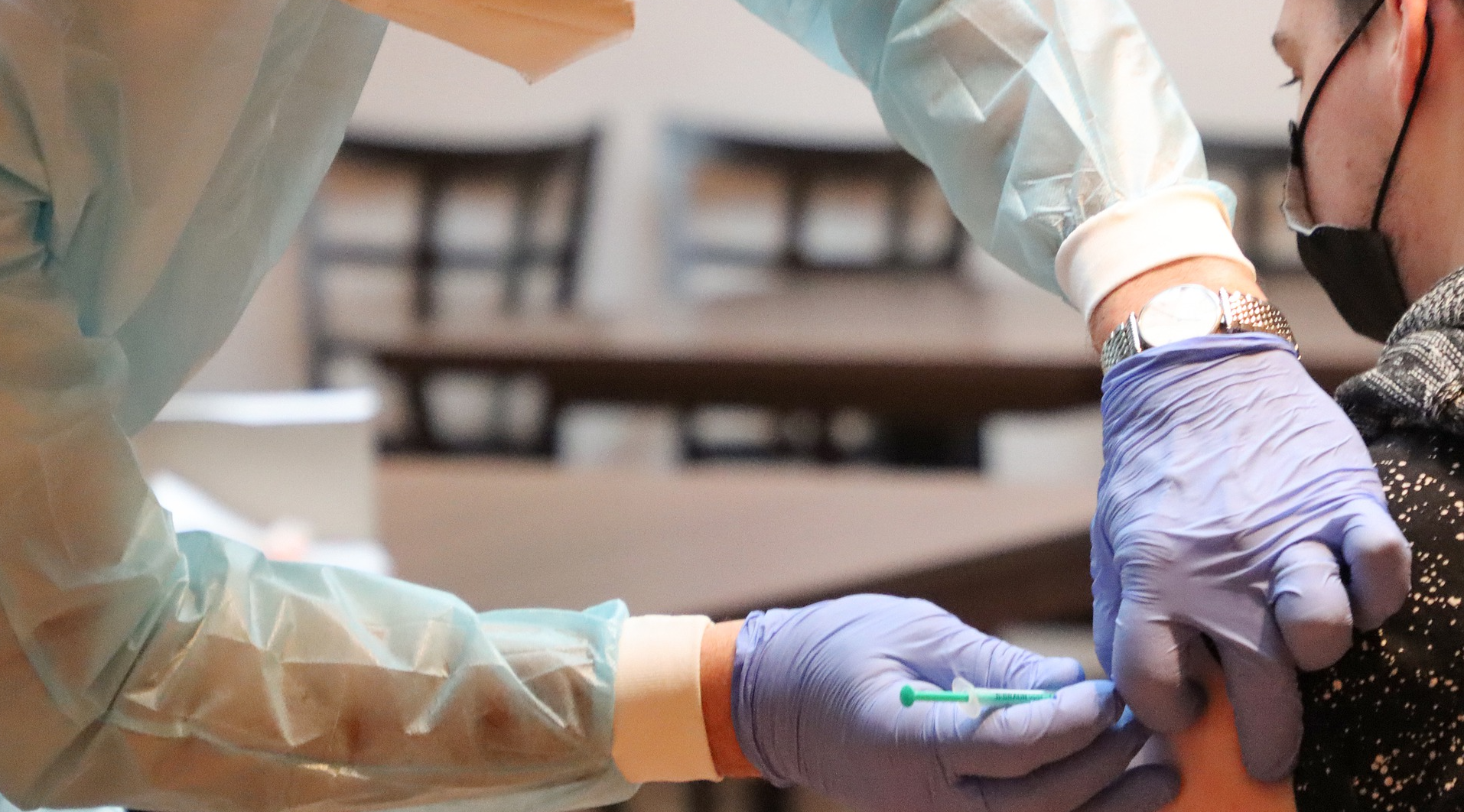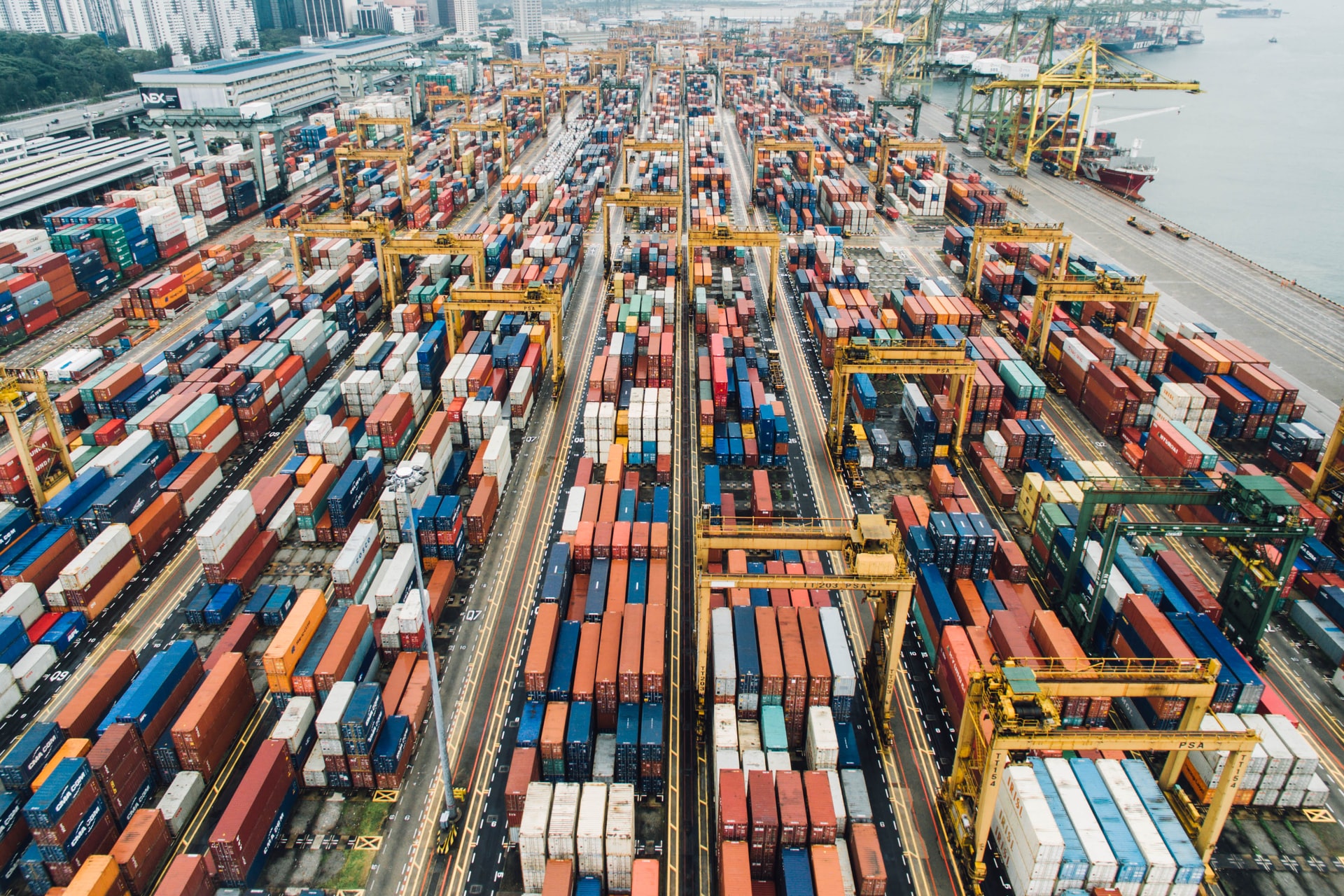Here’s why social sustainability is taking the textile industry by storm in 2023
The textile industry is as old as human civilization. Yet after all this time, working conditions are still precarious at best. Sweatshops for clothing manufacturing aren’t a secret anymore, nor how they operate under subhuman conditions.
Growing awareness of these issues has made consumers rethink their choices: A 2022 Deloitte study found that people are taking brands’ ethical labor practices into account when shopping.
Brands are catching up with these consumer trends and making internal changes. Giants like Adidas, Inditex (owner of Zara and Massimo Dutti), and 194 other brands have signed the International Accord of Health and Safety in the Textile and Garment Industry. With this, they must be transparent about the labor conditions in their manufacturing facilities.
Despite these efforts, fast fashion is still king—take SHEIN becoming the most popular fashion brand of 2022—and the textile industry still accounts for 10% of global greenhouse emissions. Unfortunately, companies still favor quantity over quality and fair labor.
However, climate change, ongoing supply chain issues, and rising social awareness mean more textile brands will focus on social sustainability. Let’s explore how businesses can achieve it and, in turn, improve their profitability and employee turnover.
Reskilling your workforce lays the foundation for a growing brand
If you wish to climb the ladder, a machine operator role in the textile industry isn’t necessarily the place to be: Founders are barely thinking of offering career development opportunities for these positions. And why should they? Well, a recent study shows that 75% of employees are satisfied with upskilling and reskilling programs at work. So the only real hurdle is just getting started.
For example, the European Commission launched the Pact for Skills Partnership, seeking to reskill workers in the textile, clothing, leather, and footwear industries. This initiative aimed to retain employees and diversify their skills in the face of the green transition and incoming new technologies.
With my medical apparel brand, we focused on hiring and supporting single mothers, senior citizens, and young students fresh out of polytechnic school. Many dreamed of delving into new career paths, so we supported their studies while working. Their efforts started materializing to the extent that our embroidery machine operator reskilled to become our Logistics Manager.
Emerging textile businesses have the power to support employees’ passions and develop the workforce as their companies grow for a return on investment in the form of dedicated, well-rounded staff.
Upskilling for flexible, multitalented workers
According to Gartner, 52% of employees are increasingly seeking value and purpose at work, and supporting their development is key to avoiding a lack of motivation and high turnover. And with incoming technologies and digital innovations swarming the workplace, it’s easier to develop upskilling initiatives—a workforce trend for 2023.
In the textile industry, sewists could upskill to experiment with embroidery or expand their knowledge of new, more advanced machines to train others and become floor supervisors. Employers can see this as an opportunity to adopt the latest industry practices and improve the efficiency of manufacturing processes.
Furthermore, there’s currently a 20% worker shortage in the sector stemming from a talent and digital skills gap. Upskilling yields a strong set of multitalented employees ready to tackle this issue. For example, Burberry was the first British retailer to take matters into their own hands with a learning and development program to futureproof their business. With it, they seek to train their operators on cutting-edge technologies.
Other forms of upskilling—like online courses, shadowing workers, and peer-to-peer training—can keep employees engaged, form close-knit relationships, and increase worker employability.
Better working conditions translate into profitability
You don’t have to sacrifice quality or the working conditions of your manufacturing process to become profitable. In fact, better working conditions can turn into economic growth for manufacturers.
For example, the Better Work program from the International Labor Organization aims to improve working conditions in garment factories by providing skills training and advisory sessions. Those participating have seen up to 22% more productivity and 25% more profitability.
Sweatshops are known for their breakneck speeds and shocking quantity production, but it comes at the expense of their workforce and the quality of the final product. A framework for reducing working hours and boosting productivity is the just-in-time production model (JIT), which aims to meet demand instead of producing a surplus. Products aren’t ready for same-day delivery—they’re made upon request, with attention to detail, at a humanly possible pace.
Toyota pioneered this model and revamped it in 2011 to avoid supply chain disruptions. After adding a stockpiling strategy on top of JIT, they soared through 2021 while the competition halted production.
With JIT, profitability comes from controlling costs by understanding product demand and reducing textile waste, the two pain points of an in-advance-of-need production model. Moreover, machine operators have reasonable working hours and workloads.
Applying social sustainability strategies in today’s emerging companies will shape the textile industry of tomorrow. Offering better opportunities for your workforce will positively impact product quality and company culture. Customers are watching, so it’s time for the industry to seek more sustainable practices to deliver better products, help communities, and reduce their carbon footprint.
This article was authored by Dr. Carolina Hernández, CEO and founder at Colorchain




